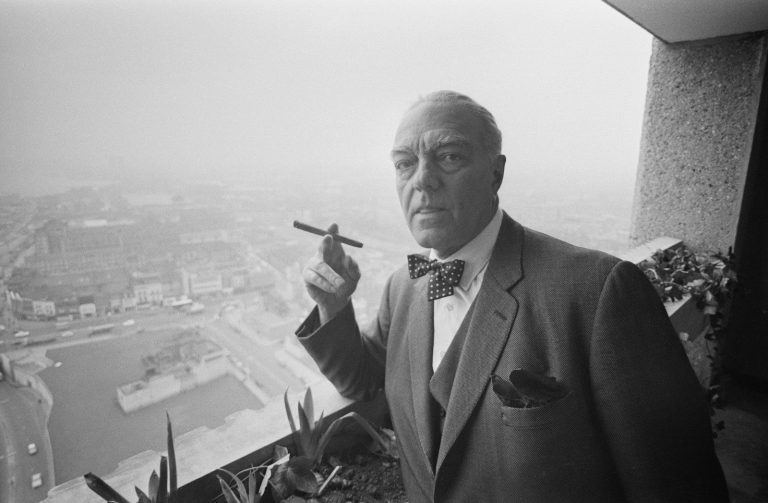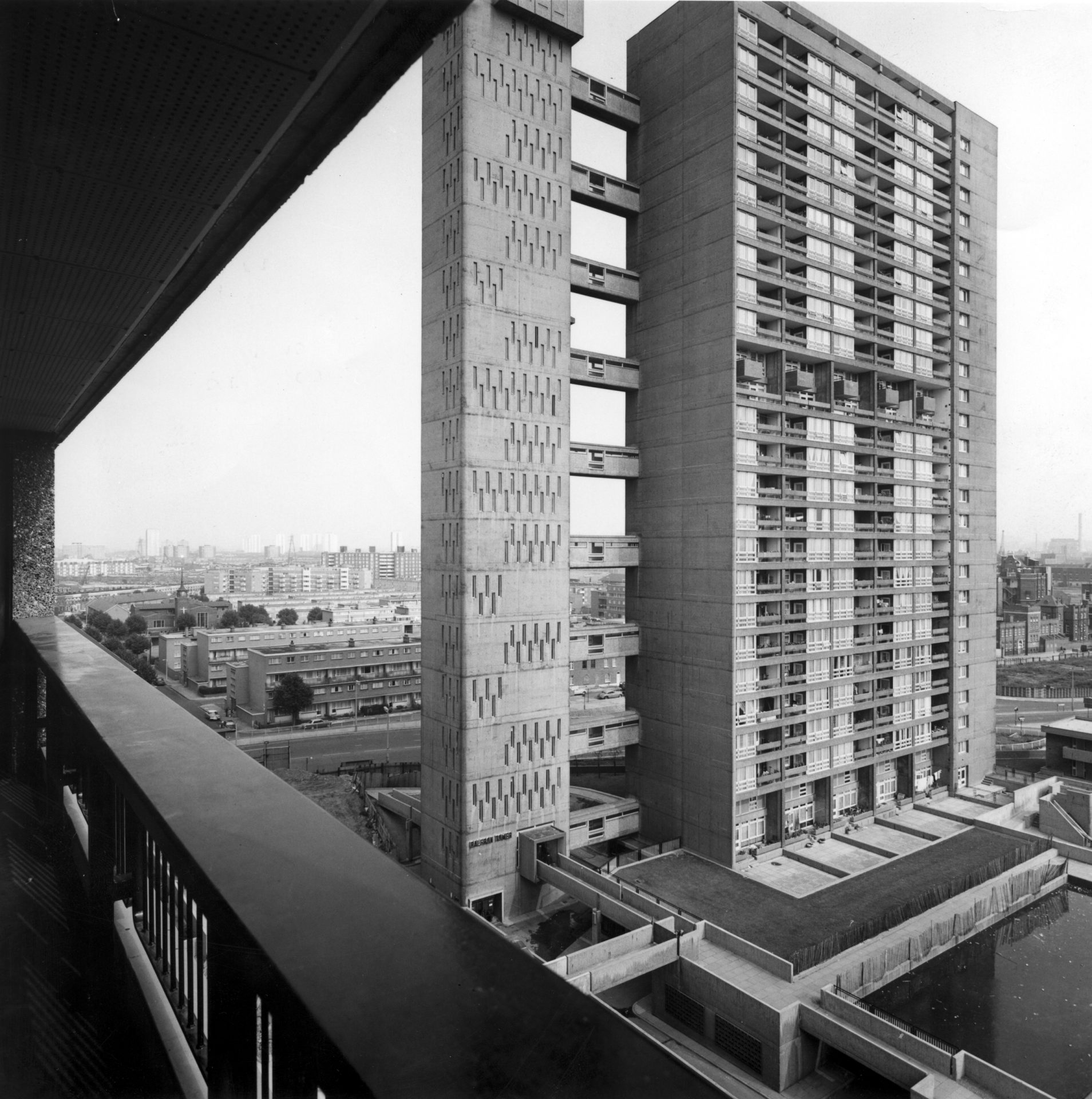GOLDFINGER
Ernő Goldfinger was a Hungarian-born architect and designer of
furniture. He became a key member of the Modernist architectural
movement. Goldfinger is most prominently remembered for designing
residential tower blocks, some of which are now listed buildings.

Erno Goldfinger was born in 1902 in Budapest. The Goldfinger family owned sawmills and their own furniture production. Initially, Erno Goldfinger wanted to continue the family business, but got inspired by the ideas of Hermann Muthesius and became interested in architecture.
In 1921, Goldfinger went to Paris to study architecture. Here he opened his own studio specialising in interior and furniture design. The samples were created from laminated plywood and featured surrealist details. The major models have been produced many years later by Goldfinger's grandson.
In the thirties, Erno Goldfinger moved to London. Goldfinger was not in demand as an architect until the Second World War; he built only three buildings, one of which was his own house. And although this structure was built from a very traditional dark brick, its appearance already showed a non-conformist approach to the creation of the architectural objects.
After the Second World War, a number of commissions arose: Goldfinger built new offices for the Daily Workers, two primary school buildings, the head office of the British Communist Party, and a new building for the Ministry of Health.
The economic crisis which broke out in the post-war years created a huge opportunity for the development of architecture. The British government decided to build high-rise residential buildings from the most affordable materials. Goldfinger successfully designed several of these buildings, which attracted attention and received fame, though scandalous.
In the 1950s, brutalism - a new trend of modernism began to develop. Erno Goldfinger was one of the big architects who worked in this style. The term comes from the French expression 'beton brut' which means 'raw concrete'. It was first used by Le Corbusier as a definition of building technology in the post-war period. Later the term 'brutalism' entered the architectural lexicon as the name of the style.
Goldfinger's most famous post-war period buildings are the 27-storey Balfron Tower and the 31-storey Trellick Tower. They were designed as social housing. Both towers were part of many futuristic music videos and films.
To this day, Erno Goldfinger's heavy character is still legendary. He is said to have had no sense of humour, to be utterly intemperate, defying criticism, and easily incurring fury. It was these personality traits of Erno Goldfinger that led Ian Fleming to make him the prototype of the main villain, also named Goldfinger, in the seventh James Bond novel.




